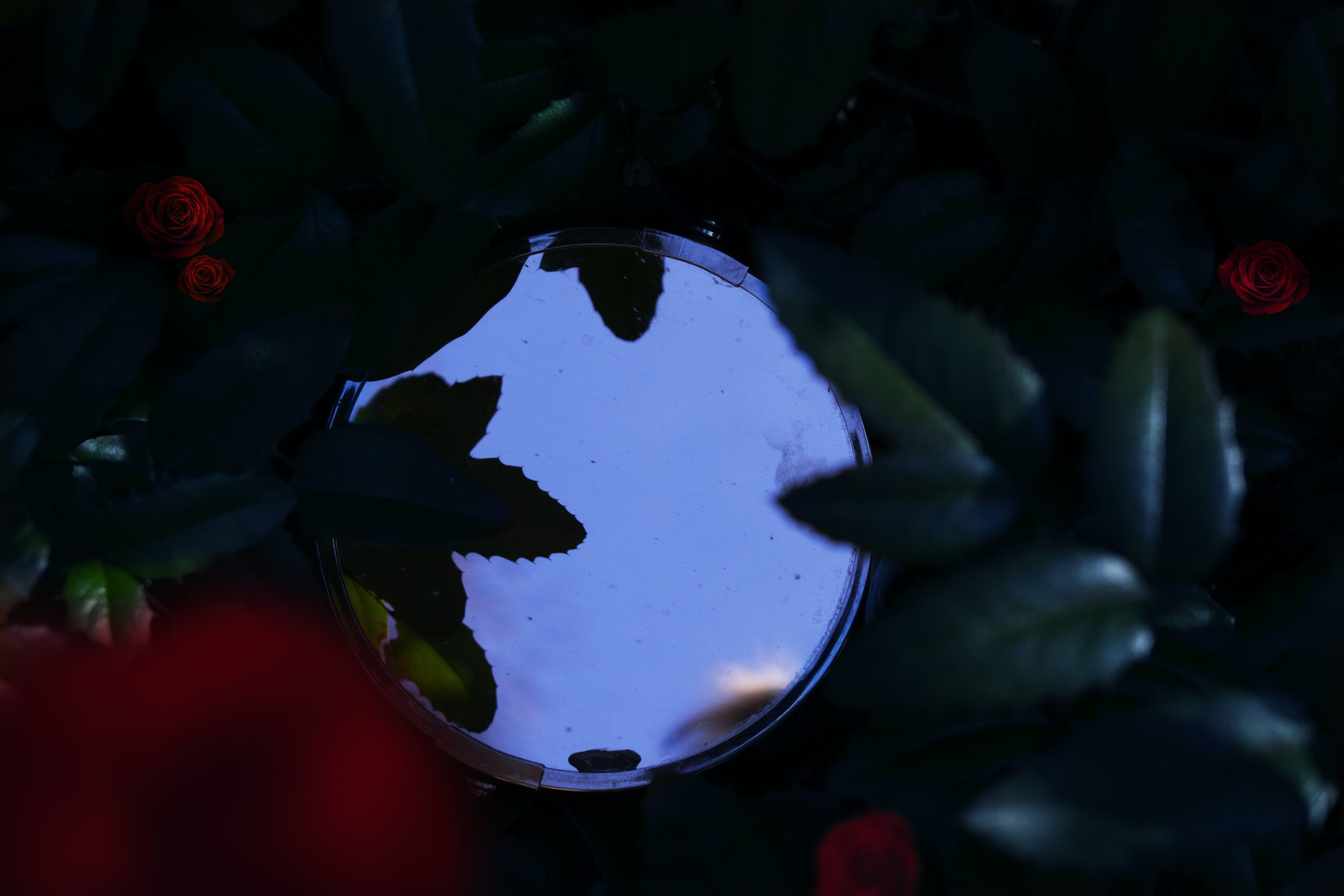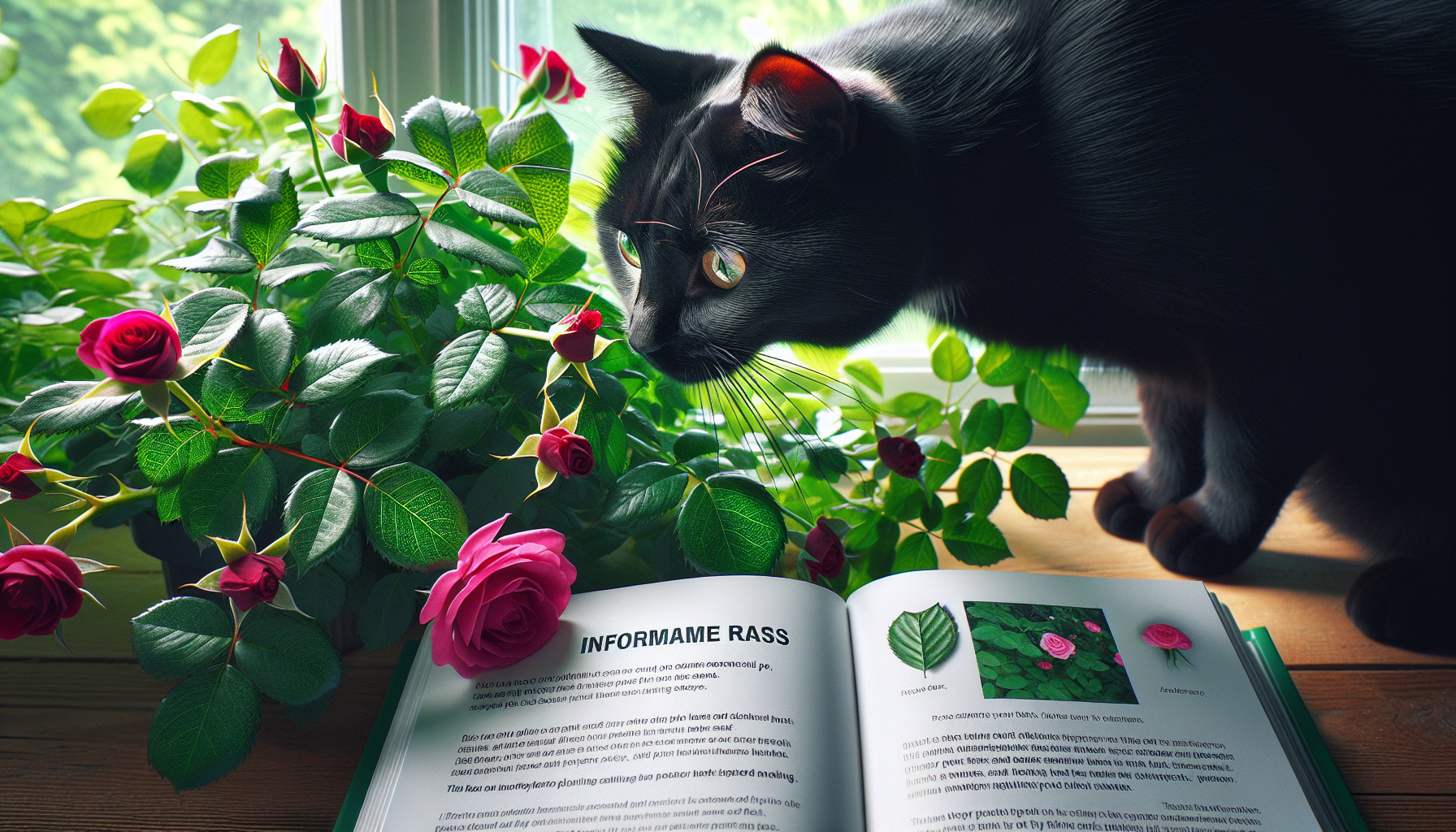Have you ever wondered if it’s safe for cats to snack on roses? While these delicate flowers may be a beautiful addition to your home or garden, it’s important to consider the impact they can have on your feline friend. In this article, we’ll explore the potential risks associated with cats consuming roses, and provide you with some helpful tips to ensure your beloved pet stays safe and healthy. So, before you let your curious cat nibble on those lovely petals, let’s find out if cats can eat roses!

This image is property of images.unsplash.com.
What are roses
Roses are one of the most popular flowers in the world, known for their beauty and fragrance. They come in a wide range of colors, shapes, and sizes, making them versatile for various occasions. Whether it’s a romantic gesture or a thoughtful gift, roses have become a symbol of love, admiration, and appreciation.
Roses as a popular flower
Roses have been cherished for centuries and are beloved by people all over the world. They are commonly used in bouquets, floral arrangements, and gardens due to their elegance and timeless appeal. The different varieties of roses, such as tea roses, hybrid teas, floribundas, and climbers, offer a wide array of options for any floral enthusiast.
Types of roses
There are numerous types of roses to choose from, each with its own unique characteristics. Hybrid teas are known for their large, single blooms, while floribundas produce clusters of smaller flowers. Climbing roses, as the name suggests, can cover walls, trellises, and fences with their sprawling vines. Other popular types include miniature roses, shrub roses, and grandifloras. With so many options, there’s a rose for every preference and gardening style.
Is it safe for cats to eat roses
While roses are a delightful and cherished flower, it is essential to consider the safety of our feline friends when it comes to their consumption. Cats have curious and playful natures, which may lead them to investigate and potentially ingest various plants, including roses.
The toxicity of roses to cats
Unfortunately, roses are toxic to cats. The toxins in roses, specifically the thorns, can cause various health issues if ingested. It’s crucial to note that both the leaves and petals of roses can be harmful to our furry companions.
Potential health risks for cats
If a cat ingests roses, they may experience a range of health problems. The thorns can cause injury to the mouth, throat, or digestive tract, leading to discomfort and potential damage. Additionally, the toxins in roses can affect organs such as the kidneys and liver, leading to more severe issues if not addressed promptly.
Symptoms of rose poisoning in cats
If your cat has ingested roses or parts of the plant, it’s important to watch for potential symptoms of rose poisoning. These symptoms may vary depending on the amount ingested and the cat’s individual tolerance, but some common signs include:
Digestive issues
Cats may experience vomiting, diarrhea, or a decrease in appetite after consuming roses. These digestive issues can be a result of both the physical irritation caused by the thorns and the toxic compounds present in the plant.
Skin irritation
Contact with the petals or leaves of roses can lead to skin irritation in cats. This may present as redness, swelling, or itching. Cats may try to alleviate this discomfort by excessive scratching or grooming of the affected area.
Respiratory problems
In some cases, cats may exhibit respiratory issues after ingesting roses. This can manifest as difficulty breathing, wheezing, or coughing. These symptoms may indicate irritation or inflammation in the airways due to the toxins present in the plant.
Other symptoms
In severe cases of rose poisoning, cats may display symptoms such as lethargy, excessive drooling, weakness, or even collapse. These signs suggest that the toxins have had a more significant impact on the cat’s overall health and should be taken seriously.
Preventing cats from eating roses
To ensure the well-being of your feline companion, it’s essential to take proactive measures to prevent them from accessing and consuming roses.
Keeping roses out of reach
One of the simplest ways to prevent your cat from eating roses is to keep them out of their reach. This means placing rose bouquets or potted plants in areas that are inaccessible to your cat, such as high shelves or rooms that are off-limits to them. If growing roses in your garden, consider fencing off the area or using mesh barriers to keep your cat away.
Using deterrents
If your cat shows particular interest in roses, you can use deterrents to discourage them from approaching the plants. Bitter-tasting sprays or citrus peels placed near the roses can deter cats due to their aversion to these scents and tastes. However, it’s important to ensure that the deterrents used are safe for cats and won’t harm them if ingested accidentally.
Teaching cats not to eat roses
Training your cat to avoid eating roses can be a helpful long-term solution. By providing them with alternative sources of stimulation, such as cat-friendly toys or treats, you can redirect their attention away from the roses. Consistently reinforcing positive behavior and gently discouraging them from approaching the plants can help them understand what is acceptable and what is not.

This image is property of images.unsplash.com.
Alternatives to roses for cats
If you’re concerned about the safety of your cat but still want to brighten up your home or surprise someone with a floral gift, there are several safe alternatives to roses that you can consider.
Safe plants for cats
Certain plants are safe for cats and can be a suitable substitute for roses. Some examples of cat-friendly plants include spider plants, Boston ferns, African violets, and orchids. However, it’s always essential to research the specific plant and ensure it is non-toxic before introducing it into your cat’s environment.
Cat-friendly toys and treats
To cater to your cat’s natural curiosity and desire for play, you can opt for interactive toys and treats. Puzzle toys, feather wands, or even treat-dispensing balls can provide mental stimulation and entertainment while keeping your cat away from potentially harmful plants like roses.
What to do if a cat eats a rose
In the unfortunate event that your cat has managed to consume a rose, it’s crucial to take immediate action to minimize any potential harm.
Immediate steps
If you witness your cat eating a rose or finding evidence of them having done so, remove any remaining plant material from their vicinity. Check their mouth and paws for any visible injuries or irritation caused by the thorns or plant parts. If possible, try to identify the exact type of rose ingested, as this information can be helpful for veterinary purposes.
Seeking veterinary assistance
Contacting your veterinarian is the next necessary step. They can provide guidance based on the specific situation and your cat’s unique health needs. The veterinarian may ask about the quantity of roses consumed, any visible symptoms, and may advise you to monitor your cat closely or bring them in for a thorough examination.

This image is property of images.unsplash.com.
Other common plants toxic to cats
While roses are known to be toxic to cats, it’s important to be aware that there are several other plants that can also pose a danger to our feline companions. Some of these common plants include:
Lilies
Lilies, specifically those belonging to the Lilium or Hemerocallis species, can be extremely toxic to cats if ingested. Even small amounts of lily ingestion can lead to severe kidney damage, which may be fatal if not treated promptly.
Tulips
Tulips contain toxins that can cause gastrointestinal irritation and, in some cases, even more severe symptoms. The bulbs of tulip plants are particularly toxic and can cause vomiting, diarrhea, and drooling if consumed by cats.
Daffodils
Daffodils, especially their bulbs, stems, and flowers, contain toxins that can lead to various health issues in cats. Ingestion of daffodils can cause vomiting, diarrhea, abdominal pain, and even cardiac arrhythmias.
Aloe vera
While aloe vera can be beneficial for humans, it can be toxic to cats. Ingesting aloe vera can lead to gastrointestinal upset in cats, including symptoms such as vomiting and diarrhea.
It’s important to remember that this list is not exhaustive, and there are many other plants that can be harmful to cats. Always research and verify the safety of plants before introducing them into your cat’s environment.
Frequently asked questions
Why are roses toxic to cats?
Roses contain toxins that can cause physical irritation and harm if ingested by cats. These toxins, along with the thorns found on roses, can lead to digestive issues, skin irritation, and even respiratory problems in cats.
What should I do if my cat eats a rose?
If your cat eats a rose, remove any remaining plant material from their vicinity and check their mouth and paws for any signs of injury or irritation. Contact your veterinarian for guidance and follow their instructions based on your cat’s specific situation.
Can cats safely play with roses?
It is not recommended for cats to play with roses. The thorns on roses can cause injury to cats, and the toxins present in the plant can lead to various health issues if ingested.
Are there any roses that are safe for cats?
While all roses have the potential to be toxic to cats, some varieties may have less concentrated toxins or fewer thorns. However, it is always best to err on the side of caution and prevent your cat from accessing any type of rose.

Conclusion
While roses are beloved for their beauty and fragrance, they pose potential risks to our feline companions. It’s important to prioritize the safety and well-being of our cats by keeping roses out of their reach, using deterrents when necessary, and teaching them to avoid these potentially harmful plants. Understanding the symptoms of rose poisoning and knowing how to respond if your cat consumes a rose are crucial steps in ensuring their health. By exploring safe alternatives and being aware of other toxic plants, we can create a cat-friendly environment that promotes their overall happiness and well-being.

